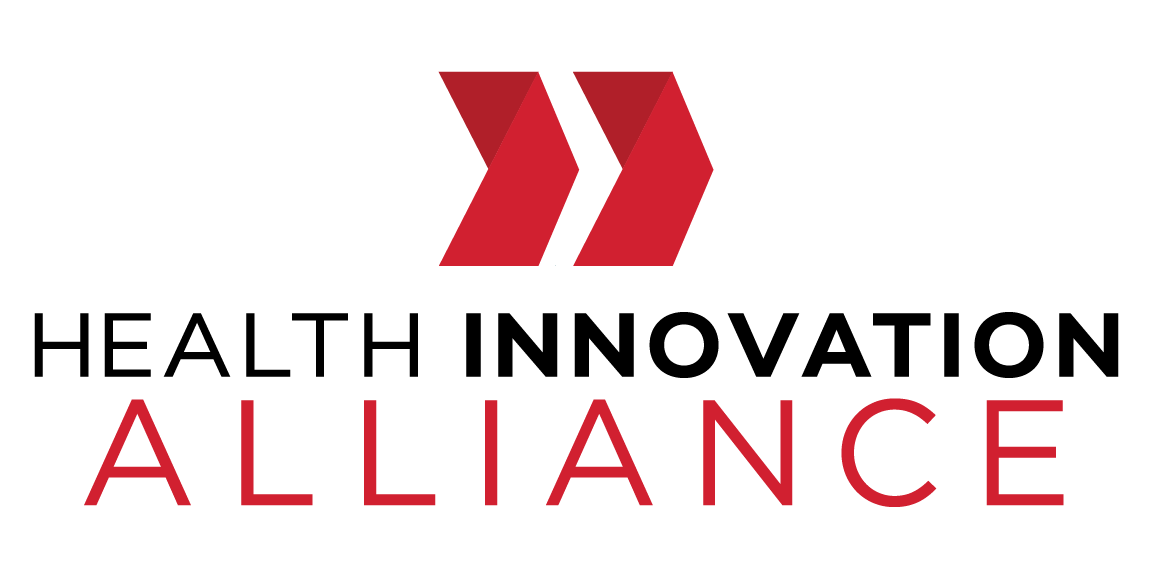Coronavirus crisis has exposed tech gaps in our health care system
By: Joel White | June 1, 2020 | Roll Call
Lockdowns and stay-at-home policies may be losing favor now, but they’ll be back in the “second wave” of COVID-19 unless governors and the Centers for Disease Control and Prevention start getting the data they need for smarter, more targeted decisions.
So far, our coronavirus policy has largely been based on flawed statistical models and the musings of public health officials. Even those committed to shutdowns, like New York Gov. Andrew M. Cuomo, have bemoaned the lack of hard data to show which pandemic response works best. Without such information, the same inaccurate sources that drove the first shutdown (e.g., researchers at Imperial College London) will continue to influence our decisions.
America is vulnerable to junk health data because we’ve failed to develop anything better, despite our clear technological advantages. This gap has contributed to the ham-handed, one-size-fits-all policies embraced by so many governors and public health officials. To this day, the medical community has no clear way of knowing who has tested positive, been hospitalized or recovered from the coronavirus.
One reason is how data is reported. Today, providers transmit aggregated, outdated information to state health departments that then fax — yes, fax — them to the CDC. Much of this is inaccurate due to the CDC’s own reporting requirements. For example, states must report mortality statistics that include not only those killed by the coronavirus but also those who had “coronavirus-like symptoms” (like pneumonia) or listed COVID-19 among other comorbidities.
The inadequacy of America’s health data infrastructure has been exposed during this pandemic. Much of the state and local data relies on paper records, phone calls and spreadsheets that require manual entry. Doctors, nurses, lab techs and other health care professionals often report this late since it requires extra effort that’s not part of their normal workflow. There is no automated way to send case reports from labs or doctors to the CDC. In fact, less than 10 percent of reports are transmitted in a format that can be easily accessed and readily used…. Read Full Article >>
